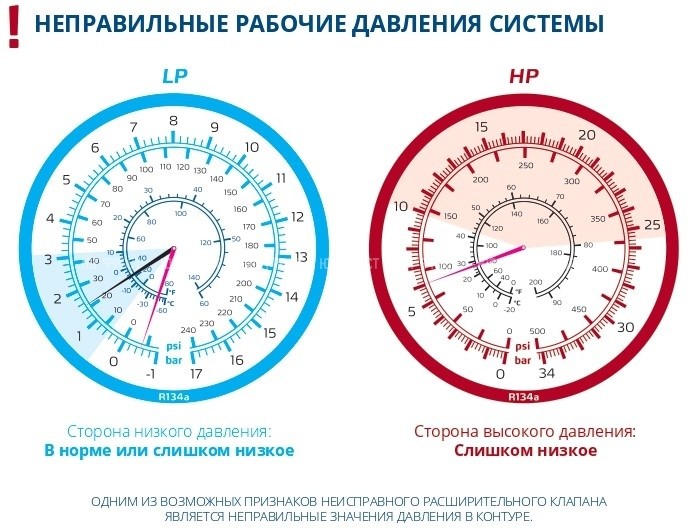
Symptoms of a Bad or Faulty A/C Compressor Belt
Content
If the belt has cracks on the ribs, missing pieces, or fraying on the back or sides, the A/C compressor belt may need to be replaced.
The A/C compressor belt is a very simple component that plays a very important role in an air conditioning system. It simply connects the compressor to the engine, allowing the compressor to spin with the engine's power. Without a belt, the A/C compressor cannot rotate and cannot pressurize the A/C system.
Over time and use, the belt will begin to wear out and will need to be replaced as the belt is made of rubber. A simple visual inspection looking for a few indications of the overall condition of the belt will go a long way in ensuring the correct operation of the belt and the entire AC system.
1. Random cracks in belt ribs
When checking the condition of an AC belt, or any belt for that matter, it is important to check the condition of the fins. The ribs (or rib if it is a V-belt) run over the face of the pulley and provide traction so that the belt can turn the compressor. Over time, under the influence of engine heat, the rubber of the belt can begin to dry out and crack. Cracks will weaken the belt and make it more susceptible to breaking.
2. Pieces of the belt are missing
If you notice any pieces or pieces missing from the belt when inspecting the belt, then the belt is probably badly worn and needs to be replaced. As the belt ages and wears, pieces or pieces can break off from it as a result of many cracks forming next to each other. When parts start to break off, this is a sure sign that the belt is loose and needs to be replaced.
3. Scuffs on the back or sides of the belt
If, when inspecting the belt, you notice any fraying on the top or sides of the belt, such as breaks or loose threads hanging from the belt, then this is a sign that the belt has suffered some kind of damage. Tears or fraying on the sides of the belt may indicate damage due to improper movement of the pulley grooves, while tears on the top may indicate that the belt may have come into contact with a foreign object such as a stone or bolt.
If you suspect that your AC belt may need to be replaced, first have it checked by a professional technician such as AvtoTachki. They will be able to go over the symptoms and replace the AC belt if needed.
